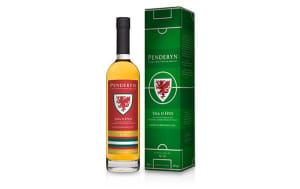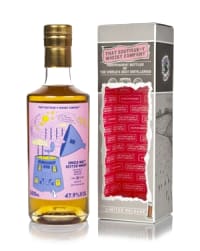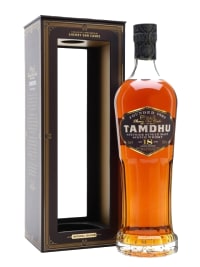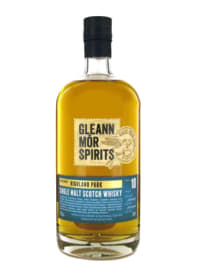In the United Kingdom, the value of rare whisky experienced a decrease of 4% during the period leading up to June 2023. This contrasts with the rise observed in other high-end assets, as indicated by the latest report from Knight Frank.
The Knight Frank Luxury Investment Index (KFLII) undertook an assessment of the performance of various collectibles over the past year. These encompassed categories such as art, watches, jewelry, coins, cars, diamonds, handbags, furniture, wine, and whisky.
The data concerning whisky was gathered by Rare Whisky 101, which analyzed the auction prices of 100 bottles of rare single malt Scotch in the UK.
While the value of rare whisky experienced a decline in the past year, its cumulative growth over the last decade has been an impressive 322%. By way of comparison, wine demonstrated a 5% increase over the 12-month period and a growth of 149% over the preceding decade.
In the time frame leading up to June 2023, art, watches, and jewelry all witnessed gains in the double digits.
It is noteworthy that rare whisky had previously occupied the top spot in the KFLII when its value surged by 40% in 2018. Its growth decelerated in the subsequent year, with a rise of merely 5%.
Andy Simpson, a co-founder of Rare Whisky 101, commented on the performance of rare whisky over the past three years, describing it as relatively stable. He attributed the recent retracement of high-value bottles (valued above £5,000 or US$6,377) to a complex interplay of geopolitical, social, and economic factors. While certain brands maintained strong performance, the leading market player, Macallan, faced substantial losses, with its index declining by almost 12% in the last year.
Nevertheless, Simpson noted that the broader market experienced a modest decline of 1.5% over the previous 12 months, as indicated by the Rare Whisky 101 Apex 1000 Index, which monitors the performance of the top 1,000 most sought-after bottles.
He went on to emphasize that while specific brands and high-value bottles encountered challenges, the overall market exhibited resilience, albeit with returns below those of traditional bank savings rates.
Among the standout performers were Clynelish and Balvenie. Simpson highlighted Clynelish's positive performance, with its index indicating a 3.9% increase over the preceding 12 months. Balvenie emerged as a particularly notable whisky brand, with its index surging by 22% within the same period.
Simpson also noted that record-breaking prices continued to be paid for bottles, albeit not in the hundreds of thousands of pounds price range witnessed in 2018 and 2019.
Discussing trends in the realm of rare whisky, Simpson asserted that the fundamental principles of investing in whisky have remained consistent over the past two decades. Brands with global recognition, exceptional liquid quality, limited edition releases, and single cask offerings will always be in high demand, regardless of short-term market outlook. He emphasized that Scotch whisky should be regarded as a medium- to long-term investment. While short-term gains are feasible, a perspective spanning five to 20 years is more prudent. With nearly 35 years of experience in collecting and investing, Simpson still maintains a strategy of acquiring the right bottles at the right prices.








